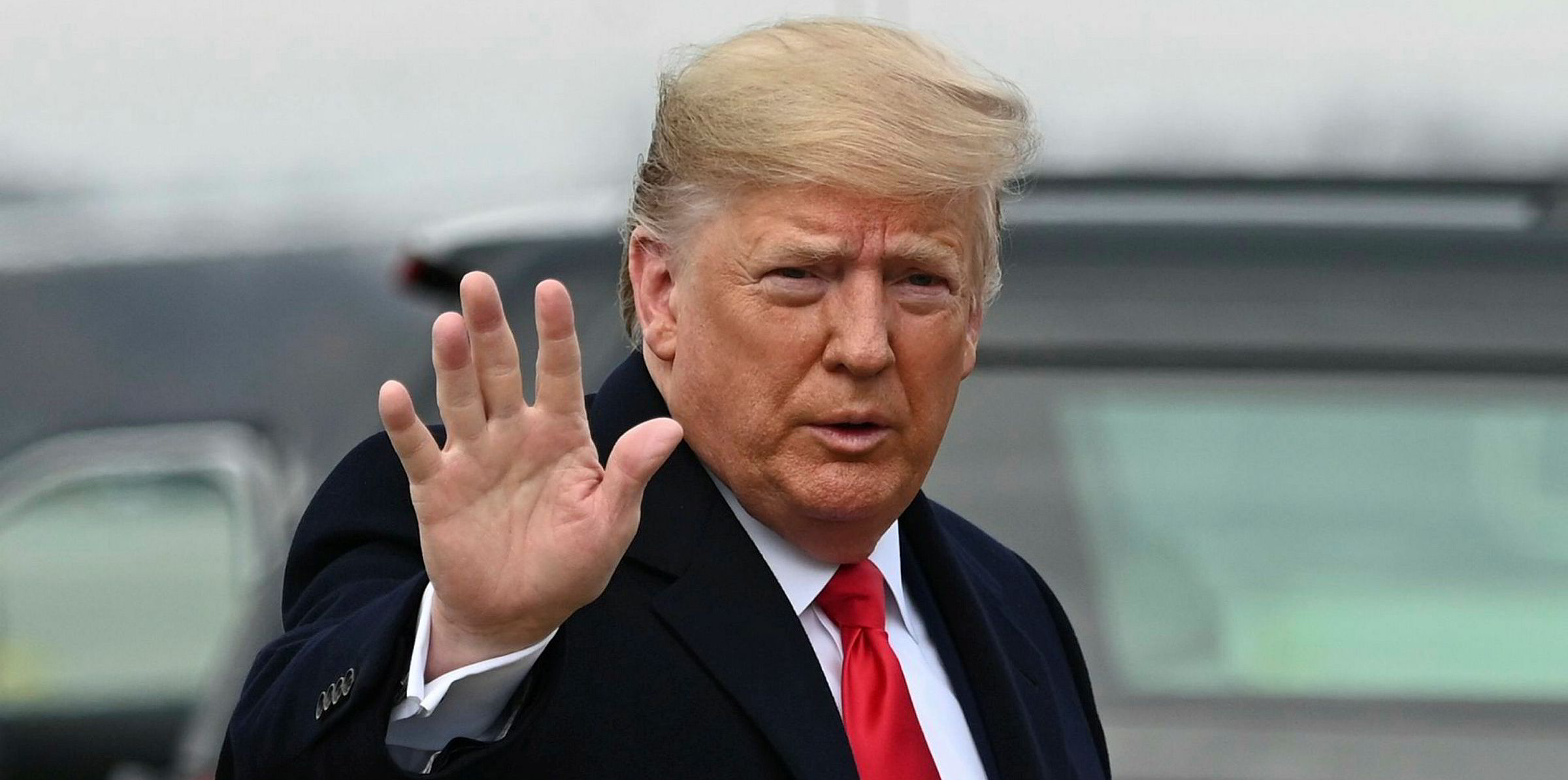Is US President Donald Trump casting himself as a benevolent Santa Claus this Christmas? Few in the shipping business anywhere in the world would have thought that scenario was very likely at any time during this year.
In all of my own travels for this publication in 2019, virtually no one has had a good word to say about the US president’s aggressive and destructive policies towards US-China trade and his trade war's impact on shipping.
From New York to Tokyo, London to Shanghai, Oslo to Athens, Hamburg to Bermuda, Singapore and Hong Kong, most have been angry or contemptuous of Trump. And those who were not were merely bemused.
Those few who argued that Trump’s early trade tariff salvoes would be moderated before they had a chance to make serious damage to real world trade flows were proven to be wildly over-optimistic.
Supporters were as thin on the ground as positive trade growth forecasts. Seemingly only Wilbur Ross has been keeping the faith. But of course, the veteran vulture investor has skin in the game as Trump’s trade secretary and founder of Diamond S Shipping.
So, what are beaten-up and bemused shipping markets supposed to make of the noises that emerged at the weekend that a new US-China trade deal is nearing completion, and that it may stimulate huge new physical trade volumes?
Robert Lighthizer, the US Trade Representative, said Beijing has agreed in the proposed deal to increase the goods and services purchased from the US in the next two years by “no less than” $200bn more than it imported in 2017.
Bold ambitions
That sounds like an ambitious target, until you look at the numbers. Then it looks barely credible.
China imported $130bn of physical goods and $56bn in services from the US in 2017 before the trade war began in 2018, according to Reuters. This year, goods exports are estimated to have fallen to about $105bn.
Hence, the overall target is to more than double the value of traded goods. That might be an easy pledge for a politician to make, but it is rather more difficult for the system to deliver.
Lighthizer said China would lift agricultural imports by $16bn to $26bn over the next 24 months, which is around twice the $24bn imported in 2017. That is in spite of China slashing feedstock imports due to the swine flu epidemic.
It would appear that Washington and Beijing are moving closer to ending this period of intense uncertainty over trade between the world’s two biggest economies
US crude oil exports to China, which it should be remembered only started a few years ago, would need to triple to around 1m barrels per day to bump up the annual value significantly to $22bn per year.
In the first half of 2018, just 25 US cargoes of LNG were sold to China, and hopes were high that the shale gas boom had found a big new market. But even doubling or tripling current exports would only add single-figure billions to the value of overall trade flows.
Again, coal exports could surge, but even tripling current exports of just under 1m tonnes per month would only add up to annual exports worth $5bn, according to Reuters' calculations. LPG exports are similarly placed.
Frankly, it is hard to see how the target could be reached even in the most benevolent circumstances. That should raise questions about the plausibility of the plan.
Nevertheless, stepping back from the detail, it would appear that Washington and Beijing are moving closer to ending this period of intense uncertainty over trade between the world’s two biggest economies.
Powers aligning
Concern in both capitals about the potential political impact of a global economic downturn is perhaps bringing the objectives of arch capitalist Trump and the hardline communist Xi Jinping into alignment. In a US election year, perhaps anything is possible.
And just as in the early 2000s — the last time the two nations were on the same page when China joined the World Trade Organization — shipping may be a significant beneficiary.
Analysts at Clarksons Platou Securities this week said it could give companies in all major shipping sectors a lift as we move into the new year.
“This sets up a positive market backdrop for the shipping sector as we approach 2020, which is in sharp contrast to market dynamics a year ago,” it said.
As Petter Haugen of Kepler Cheuvreux observed: “Regardless how this is interpreted, it implies a very significant increase in US exports.”
We may be too old to start believing in Santa Claus again but, maybe, just maybe, shipping markets could be on the brink of something significant in 2020.






